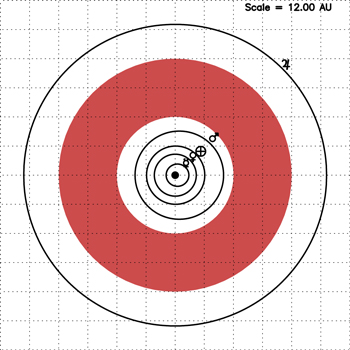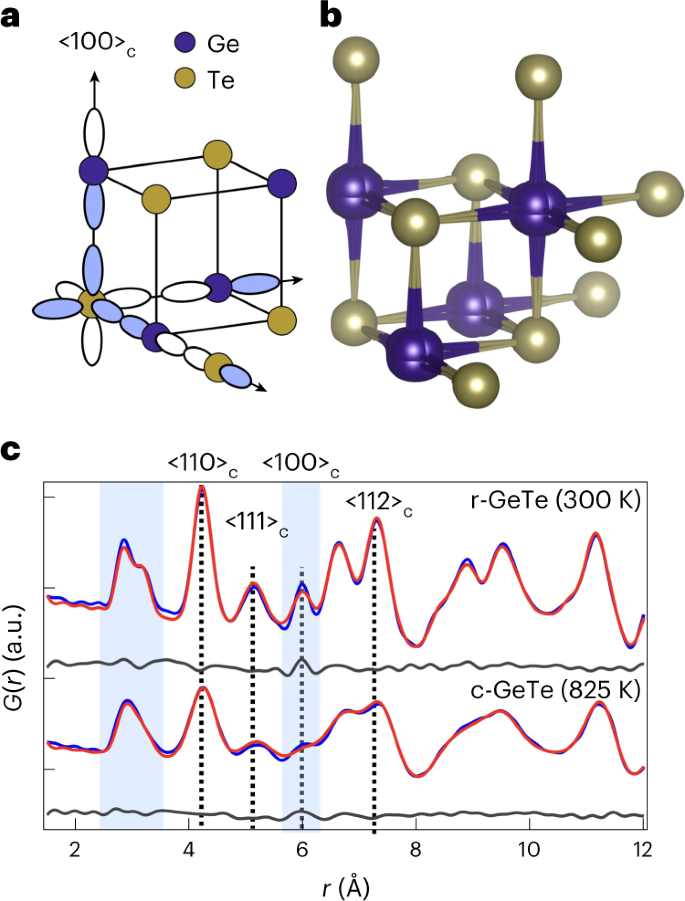太陽系のもろさを実証する実験結果 Experiment demonstrates solar system’s fragility
2023-03-07 カリフォルニア大学リバーサイド校(UCR)
この惑星が存在すれば、水星や金星、さらには天王星や海王星の軌道を不安定にし、地球の軌道も大幅に変化させ、生命にとって住みにくい状態にするという。しかし、この研究結果は、他の太陽系における惑星が生命を育む可能性にも示唆を与えている。
<関連情報>
- https://news.ucr.edu/articles/2023/03/07/planet-could-end-life-earth
- https://iopscience.iop.org/article/10.3847/PSJ/acbb6b
太陽系内の超巨大地球がもたらす力学的帰結 The Dynamical Consequences of a Super-Earth in the Solar System
Stephen R. Kane
The Planetary Science Journal Published 2023 February 28
DOI:10.3847/PSJ/acbb6b

Abstract
Placing the architecture of the solar system within the broader context of planetary architectures is one of the primary topics of interest within planetary science. Exoplanet discoveries have revealed a large range of system architectures, many of which differ substantially from the solar system’s model. One particular feature of exoplanet demographics is the relative prevalence of super-Earth planets, for which the solar system lacks a suitable analog, presenting a challenge to modeling their interiors and atmospheres. Here we present the results of a large suite of dynamical simulations that insert a hypothetical planet in the mass range 1–10 M⊕ within the semimajor axis range 2–4 au, between the orbits of Mars and Jupiter. We show that, although the system dynamics remain largely unaffected when the additional planet is placed near 3 au, Mercury experiences substantial instability when the additional planet lies in the range 3.1–4.0 au, and perturbations to the Martian orbit primarily result when the additional planet lies in the range 2.0–2.7 au. We further show that, although Jupiter and Saturn experience relatively small orbital perturbations, the angular momentum transferred to the ice giants can result in their ejection from the system at key resonance locations of the additional planet. We discuss the implications of these results for the architecture of the inner and outer solar system planets, and for exoplanetary systems.



